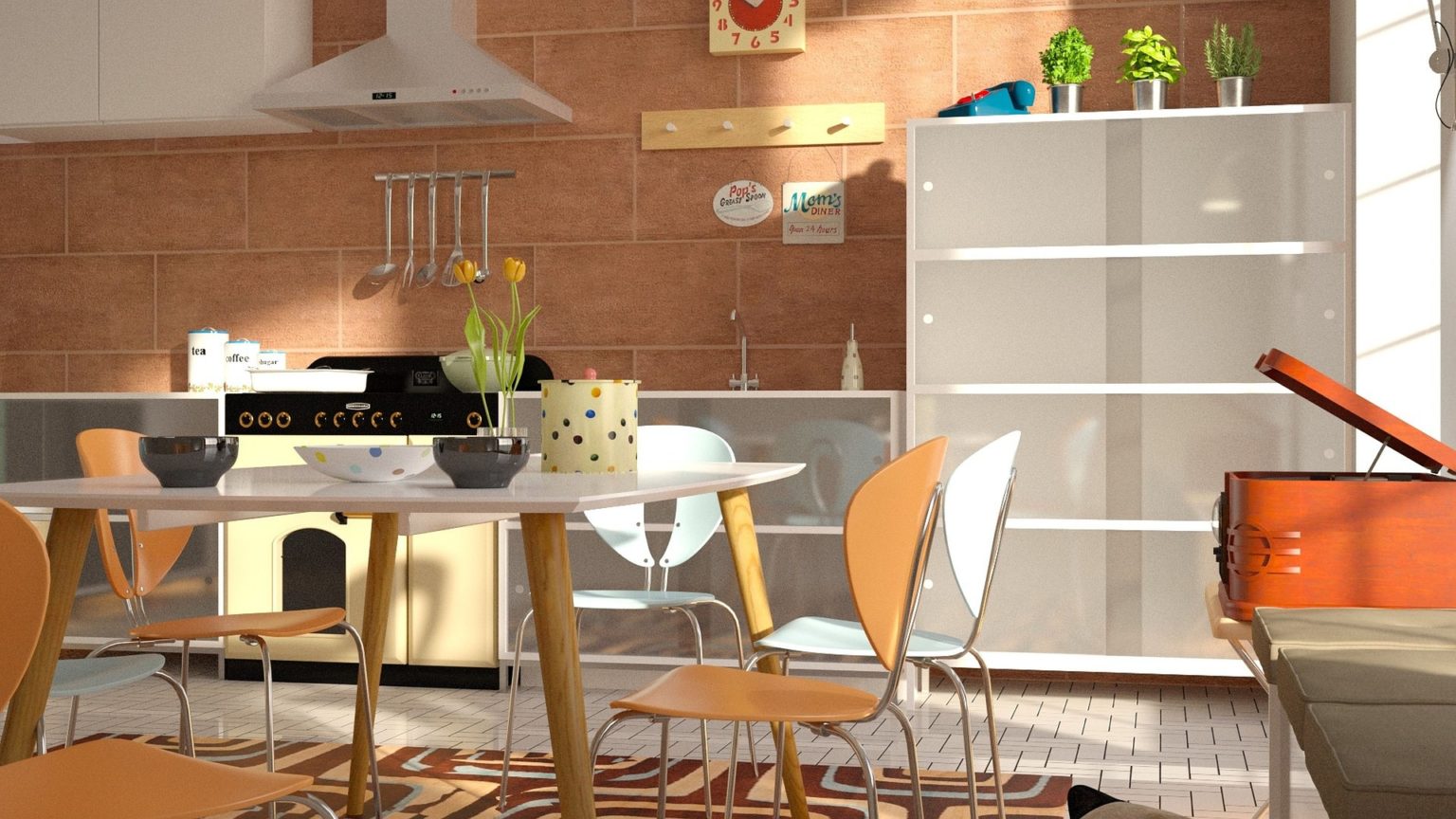We always look forward to anticipating the next trend. Even though this style is inherited from the twentieth century, it is worth considering in any new project.
Interpretation of Modernism
The Mid-Century Modern decorative style is directly related to Modernism, an international movement that emerged in the late nineteenth and early twentieth centuries. It encompassed art forms, including architecture and design, with a strong European influence. Modernism managed to show the convergence between the production process and artisanal development, to innovate in aesthetics and forms without neglecting the use for which the objects had been designed.
Keys to the Mid-Century
These are some outstanding features that define this decorative style.
Functionality rules:
This style emphasizes functionality without neglecting form, an approach to design that still fascinates experts and amateurs alike.
Slightly sloping legs or wireframe structures on chairs and furniture serve as a perfect example. Objects are no longer considered simple ornaments; they must meet functional and aesthetic requirements.
Geometry and purity in the lines:
This style avoids exuberance and opulence by focusing on simplicity. With few ornaments in furniture, decoration, accessories, or carpets, the refined lines are imposed with clean and straight strokes.
Approach to the industrial:
Since its origins in the nineteenth century, the movement has been observed with attention and assimilated industrial production processes, especially furniture.
Metal structures are usually frequent, exposing the structure of the buildings or giving it some rustic coating. Using tiles such as Subway Tiles can contribute to achieving these effects.
Value of wood:
Industrial materials and nature are never at odds in this style, as it incorporates wood and metal into its iconic low-height designs, short legs, and oblique lines. Additionally, wood-looking tiles for floors or walls can enhance the decorative effect.
Organic and iconic designs:
The Mid Century style is characterized by ergonomics, functionality, and sophisticated comfort. The major names of design and architecture of that time, rather than designing generic chairs, tables, sofas, or armchairs, became obsessed with perfecting unseen forms that would later become cultural icons, such as the tulip-shaped chair and the Eames chair. Natural light and sober color palettes are used to achieve more specific effects.
Visit us at Prosein Doral Tile Store and Prosein Aventura Tile Store.




